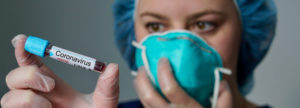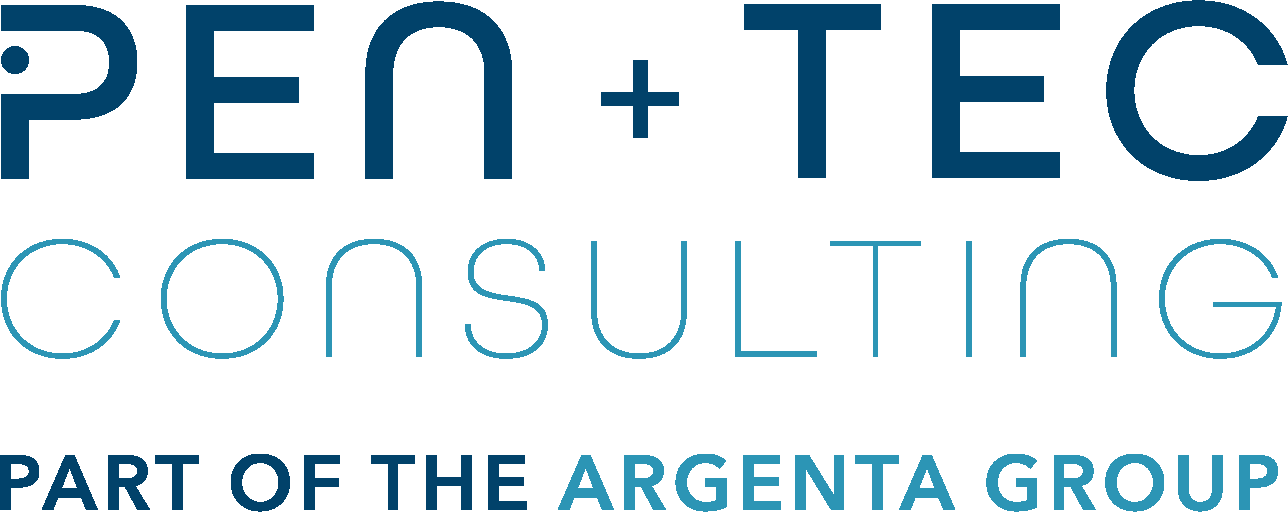COVID-19 outbreak
Posted 7 February, 2020. Updated 27 February, 2020
Coronaviruses are a large family of viruses, often causing disease in mammals and birds. In rare cases, animal coronaviruses can evolve and infect humans and then spread between humans such as has been seen with Middle Eastern Respiratory Syndrome Coronavirus (MERS-CoV) and Severe Acute Respiratory Syndrome Coronavirus (SARS-CoV). Scientists believe that the outbreak of COVID-19, a novel coronavirus that was identified at the end of 2019, initiated in a similar way.

According to the National Health Service (NHS) in the United Kingdom and the World Health Organisation (WHO), feeling tired, breathing difficulties, high temperature and a cough and/or sore throat are the common signs of infection. In some cases, usually in people with a weakened immune system, COVID-19 infection can lead to severe respiratory illness. As of 27 February, ECDC, the European Centre for Disease Prevention and Control, reports 82.132 laboratory-confirmed cases of COVID-19 infections. The vast majority of these cases (78.528) have been identified in China, while 462 cases have been reported in the EU. 2801 people have died from COVID-19 infection, 2745 of which in China.
To limit human-to-human infections, WHO describes certain basic protective measures (as explained in this video) against the novel coronavirus which can be taken. Frequently washing your hands is important as alcohol-based hand rub or soap and water kills the virus if it is on your hands. When coughing and sneezing, cover your mouth and nose with your flexed elbow or a tissue. Discard the tissue immediately into a closed bin and wash your hands. If you sneeze or cough into your hands, you may contaminate objects or people that you touch. Maintain at least 1 metre distance between yourself and other people, particularly those who are coughing, sneezing and have a fever to avoid contact with small droplets that contain the virus. Avoid touching eyes, nose and mouth. If you touch your eyes, nose or mouth with your contaminated hands, it is possible to transfer the virus from the surface to yourself. If you have mild respiratory symptoms and no travel history to or within China, it is important to practice above described basic protective measures. If possible, stay at home until fully recovered. If you have travelled in an area in China where COVID-19 has been reported or if you have been in close contact with someone who has travelled from China and has respiratory symptoms, it is important to seek medical attention promptly.
The Huanan Seafood Wholesale Market, located in Wuhan, China, is anticipated to be the primary source of the COVID-19 outbreak. The Huanan Seafood Market is considered to be a “wet market”, or a place that traditionally sells dead and live animals along with other produce and goods for consumption. Concerns about poor hygiene at these markets have been raised before, and it is possible that the virus first jumped from animal to human via meat for sale there. In order to limit new outbreaks of novel viruses, practicing general hygiene measures when visiting live animal markets, wet markets or animal product markets are extremely important. Ensure regular hand washing with soap and potable water after touching animals and animal products. Avoid contact with sick animals or spoiled animal products. Strictly avoid any contact with other animals in the market, e.g. stray cats and dogs, rodents, birds, bats. Avoid contact with potentially contaminated animal waste or fluids on the soil or structures of shops and market facilities.
Since food has not been identified as a likely source or route of transmission of the virus, EFSA is currently not involved in the response to the COVID-19 outbreak in China. The ECDC is closely monitoring the outbreak and providing risk assessments to guide EU Member States and the European Commission in their response activities. The FDA, the US Food and Drug Administration, issued an emergency use authorisation (EUA) to enable emergency use of Centres for Disease Control and Prevention’s (CDC) COVID-19 Real-Time RT-PCR Diagnostic Panel. The authorisation allows the use of the diagnostic test at any CDC-qualified lab.
Sources:
- https://www.efsa.europa.eu/en/news/novel-coronavirus-where-find-information
- https://www.fda.gov/emergency-preparedness-and-response/mcm-issues/novel-coronavirus-2019-ncov
- https://www.who.int/health-topics/coronavirus
- https://www.who.int/csr/don/archive/disease/novel_coronavirus/en/
- https://www.osha.gov/SLTC/novel_coronavirus/
- https://www.who.int/emergencies/diseases/novel-coronavirus-2019/advice-for-public
- https://www.who.int/csr/don/21-january-2020-novel-coronavirus-republic-of-korea-ex-china/en/
- https://www.fda.gov/news-events/press-announcements/fda-takes-significant-step-coronavirus-response-efforts-issues-emergency-use-authorization-first
- https://www.ecdc.europa.eu/en/geographical-distribution-2019-ncov-cases
